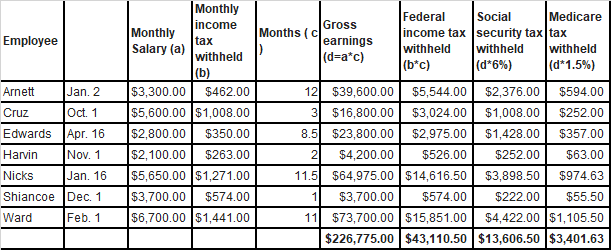Accounting basic equations
The Accounting
Equation
All accounting entries in the books of account for an
organisation have a relationship based on the ‘accounting equation’:
|
Assets = Liabilities + Owners
equity
|
Assets
Assets are tangible and intangible items of value which the
business owns. Examples of assets are:
· Cash
· Cars
· Buildings
· Machinery
· Furniture
· Debtors (money owed from customers)
· Stock / Inventory
Liabilities
Liabilities are those items which are owed by the business
to bodies outside of the business. Examples of liabilities are:
· Loans to banks
· Creditors (money owed to suppliers)
· Bank overdrafts
Owner’s Equity
The simplest way to understand the accounting equation is to
understand what makes up ‘owner’s equity’
By rearranging the accounting equation you can see that
Owner’s Equity is made up of Assets and Liabilities.
|
Owner’s Equity = Total Assets
less Total Liabilities
|
Owner’s Equity can also be expressed as:
|
Owner’s
Equity = Capital invested by owner + Profits (Losses) to date
(also known as ‘Retained Earnings ’)
|
Rearranging the equation again, therefore: Total Assets -
Total Liabilities = Capital + Retained Earnings
|
Total Assets - Total
Liabilities = Capital + Retained Earnings
|


Comments
Post a Comment